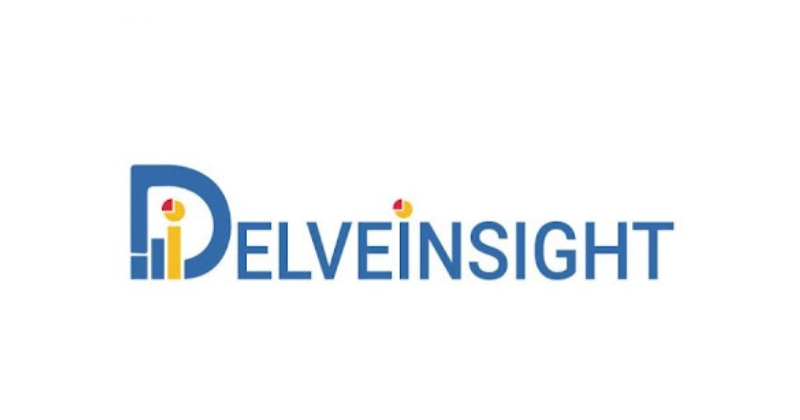The bullous keratopathy treatment market is projected to experience substantial growth over the coming decade, driven by an aging population, increasing prevalence of cataract surgeries, glaucoma procedures, and novel pharmaceutical interventions from key players such as Aurion Biotechnologies, Emmecell, Trefoil Therapeutics, and Cellusion, among others.
Bullous Keratopathy Market Insights, Epidemiology, and Forecast
DelveInsight’s “Bullous Keratopathy Market Insights, Epidemiology, and Market Forecast – 2034” provides an in-depth understanding of bullous keratopathy, covering historical and forecasted epidemiology, treatment practices, emerging therapies, and market trends in the 7MM, including the United States, EU4 (Germany, France, Italy, and Spain), the United Kingdom, and Japan. This analysis serves as a critical resource for stakeholders seeking to evaluate market potential and identify strategic opportunities in bullous keratopathy management.
According to DelveInsight, the 7MM bullous keratopathy market was valued at approximately USD 14 million in 2023 and is projected to grow at a CAGR of 11.5% from 2024 to 2034. The United States currently dominates the market, followed by the EU4 and UK, with Japan representing a significant growth opportunity due to its aging population and high prevalence of cataract surgeries. This expansion reflects increasing disease awareness, improved diagnostics, and the anticipated launch of novel therapeutic interventions.
Download the bullous keratopathy market report to understand which factors are driving the bullous keratopathy therapeutic market @ Bullous Keratopathy Market Trends.
Epidemiology and Patient Population
DelveInsight estimates approximately 200K diagnosed prevalent cases of bullous keratopathy across the 7MM in 2023, with the United States accounting for 41% of total cases. Prevalence is expected to increase steadily through 2034 due to demographic shifts toward an aging population and the rising volume of cataract surgeries, intraocular lens implantations, and other invasive ocular procedures that can damage corneal endothelial cells.
Current Treatment Landscape
Presently, bullous keratopathy management primarily relies on corneal transplantation techniques, particularly endothelial keratoplasty (EK) procedures such as DSAEK and DMEK. While effective in restoring vision, these surgical interventions face challenges including limited donor tissue availability, risk of graft rejection, surgical complications, and high healthcare costs. Symptomatic treatments—hypertonic saline solutions, bandage contact lenses, and lubricating eye drops—provide temporary relief but do not address underlying endothelial dysfunction, highlighting the need for innovative therapies.
Discover emerging trends in the bullous keratopathy treatment landscape @ Bullous Keratopathy Therapies Market.
Emerging Therapies and Pipeline
The bullous keratopathy pipeline has advanced significantly in recent years. Aurion Biotechnologies launched VYZNOVA, a cell therapy, in Japan in September 2024, marking a major step forward. Emmecell’s EO2002 completed final dose administration in its US Phase I trial in April 2024, with a Phase III pivotal study planned for Q1 2025. Other promising candidates include TTHX1114 (NM141) by Trefoil Therapeutics and CLS001 by Cellusion, aiming to regenerate corneal endothelial cells or address corneal edema and bullae formation.
Unlock which bullous keratopathy emerging therapy is expected to capture the largest market share in 7MM by 2034. Visit the Bullous Keratopathy Market Insights.
Recent Developments
Recent clinical trial advancements have generated optimism. In January 2025, preliminary Phase II results of a Rho-kinase inhibitor demonstrated improved corneal clarity and thickness in moderate bullous keratopathy patients, suggesting a potential non-surgical therapy. Early data from corneal endothelial cell expansion technologies, developed through academic-industry collaborations, showed promising ex vivo results, potentially alleviating donor tissue shortages.
Market Challenges and Future Outlook
Challenges remain, including limited disease awareness, delayed diagnosis, complex corneal endothelial biology, high treatment costs, and restricted reimbursement pathways for cell therapies. DelveInsight emphasizes that addressing these challenges will require enhanced physician education, streamlined regulatory pathways, and adoption of value-based reimbursement models.
Looking forward, the bullous keratopathy market is poised for transformation with cellular therapies, targeted pharmacological agents, and tissue engineering approaches. Integration of artificial intelligence in diagnosis and monitoring is expected to improve treatment planning and outcome assessment. Combination therapies targeting multiple aspects of corneal endothelial dysfunction may provide more comprehensive and durable benefits than current single-modality approaches. With increased R&D investment and attention to this previously underserved condition, patients can anticipate expanded treatment options and improved quality of life over the next decade.
About DelveInsight
DelveInsight is a leading market research and consulting firm specializing in disease-specific insights and therapeutic market analysis. Their reports integrate real-world data, clinical trial findings, and expert interviews to deliver comprehensive industry intelligence.
Media Contact
Company Name: DelveInsight Business Research LLP
Contact Person: Arpit Anand
Email: info@delveinsight.com
Phone: +14699457679
Address: 304 S. Jones Blvd #2432
City: Las Vegas
State: Nevada
Country: United States
Website: https://www.delveinsight.com/consulting

